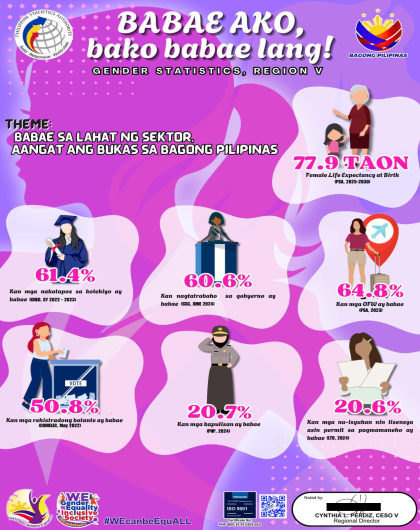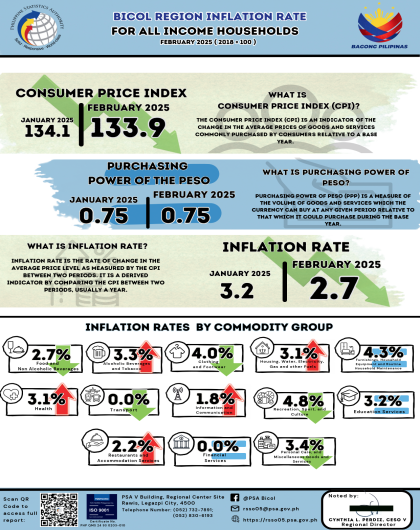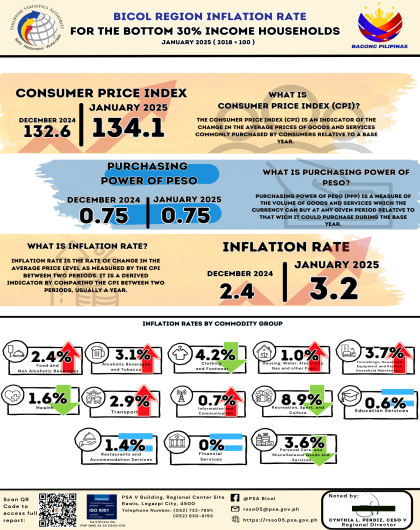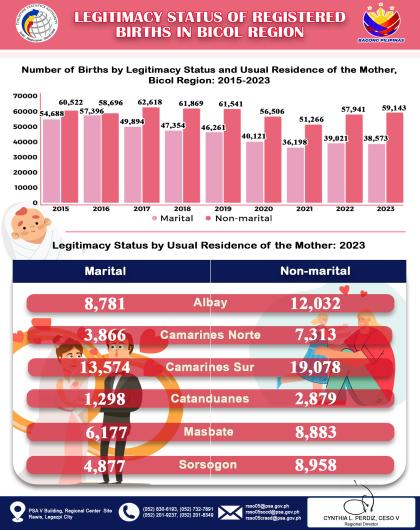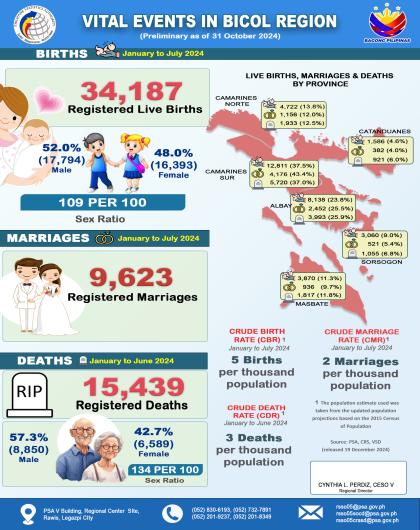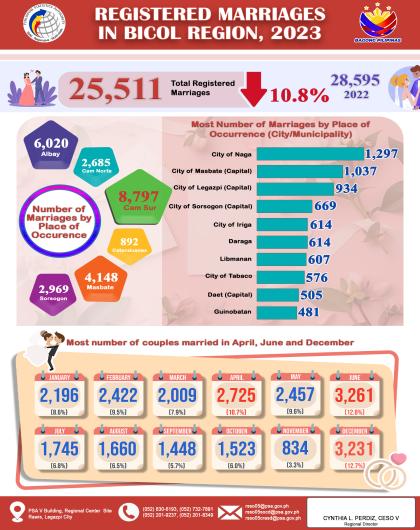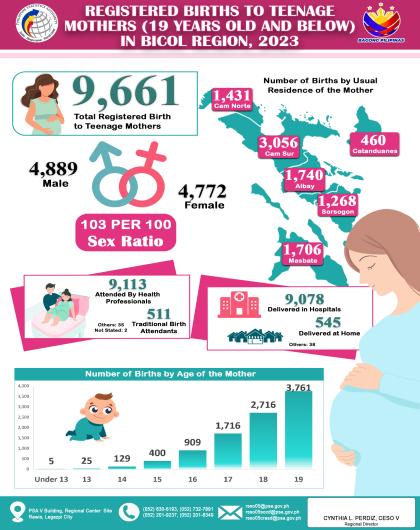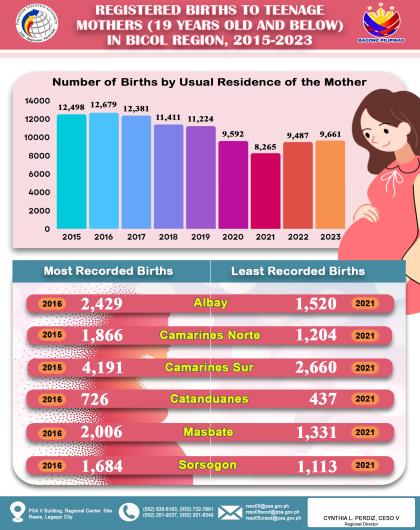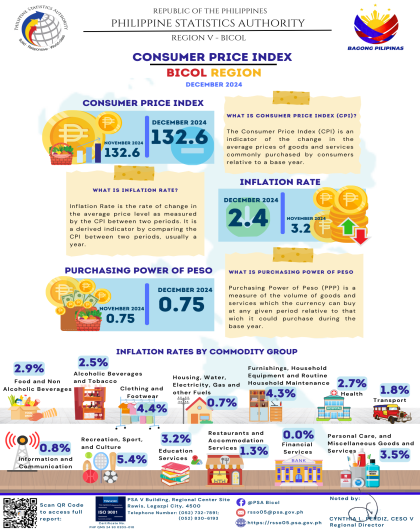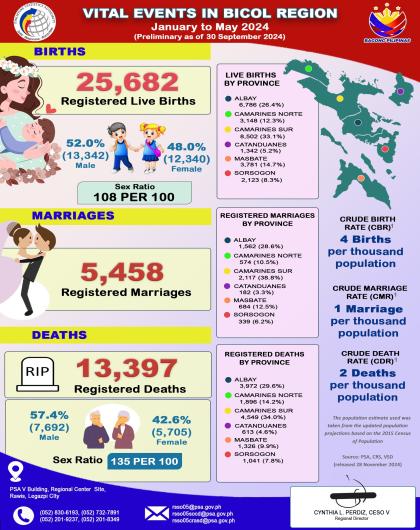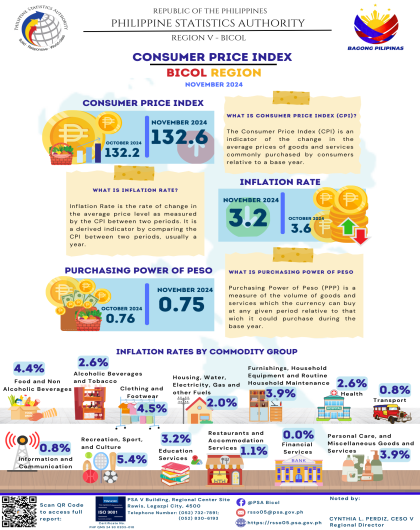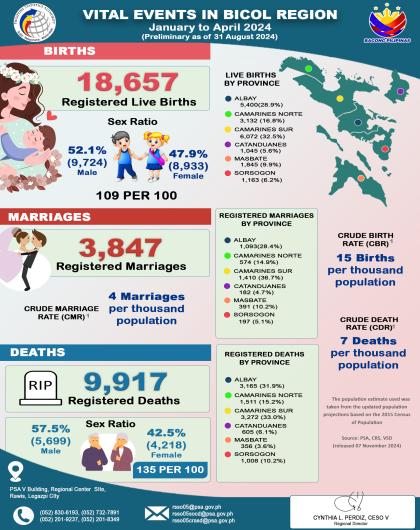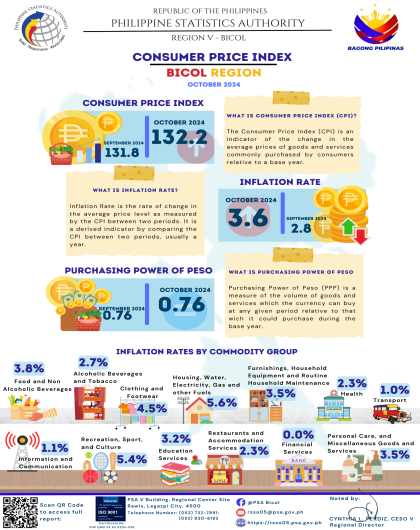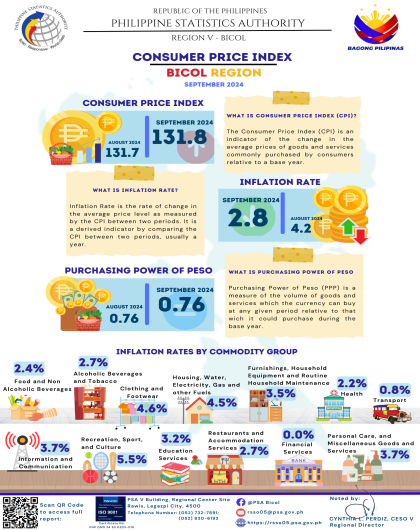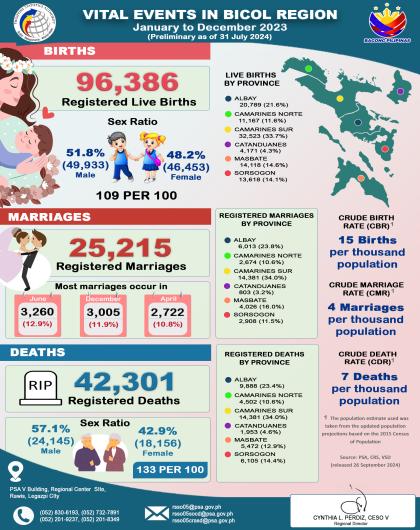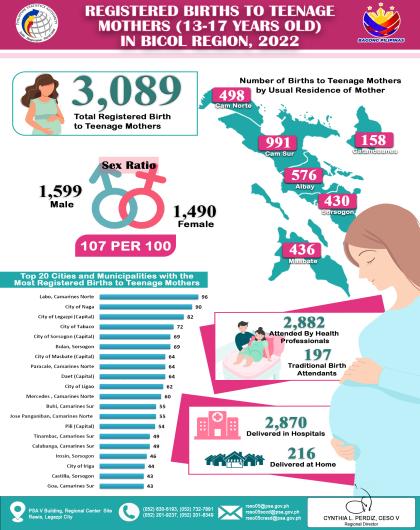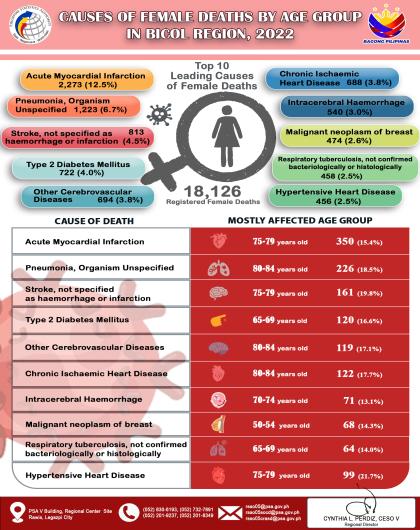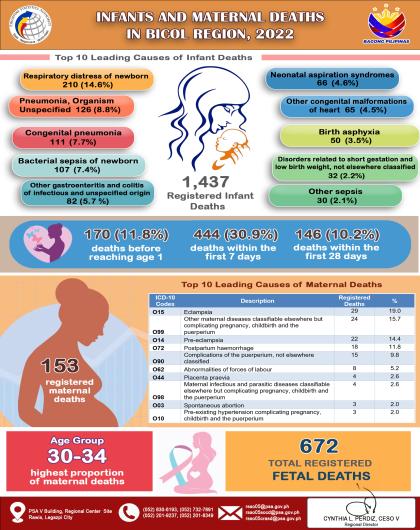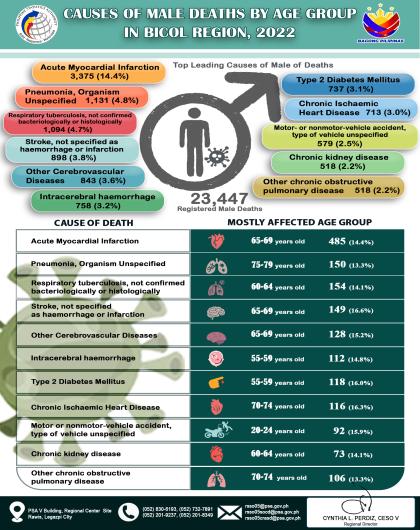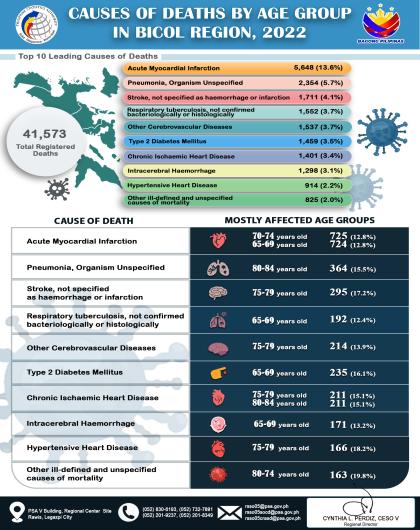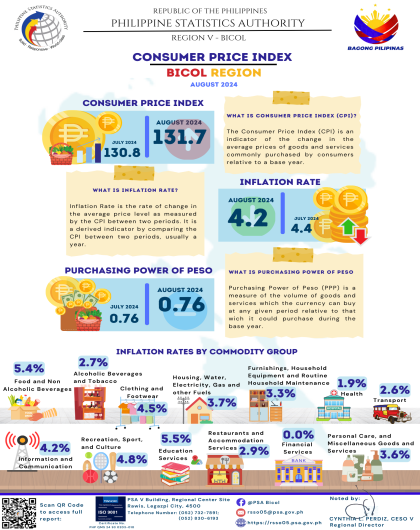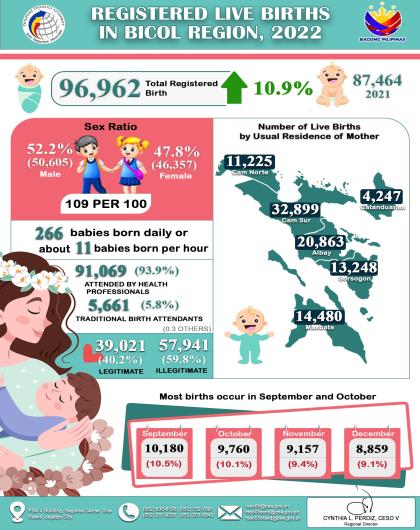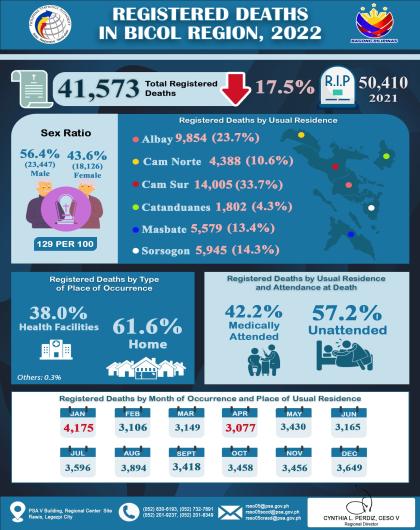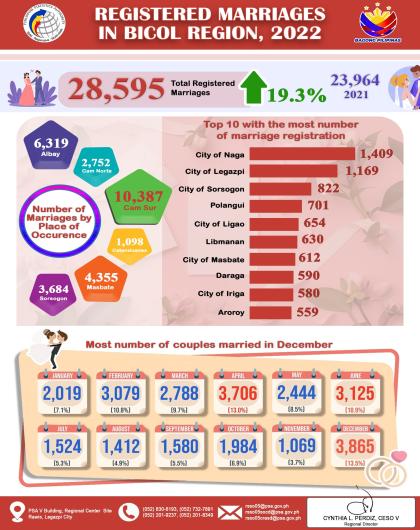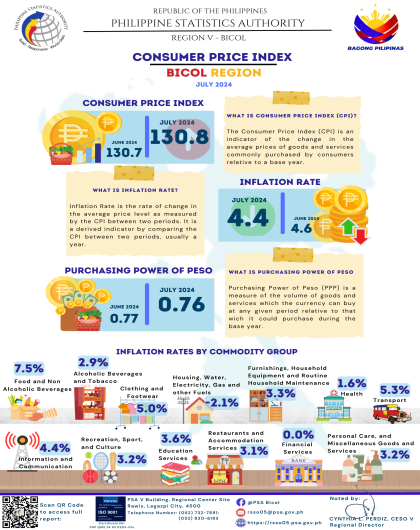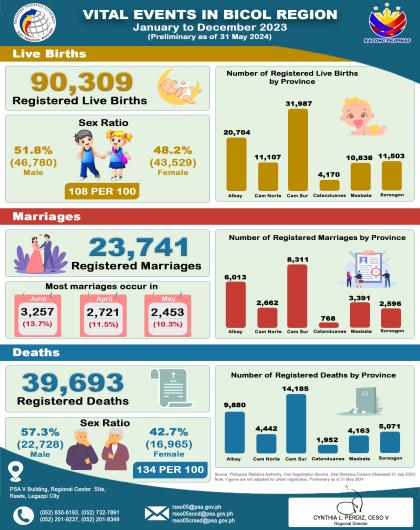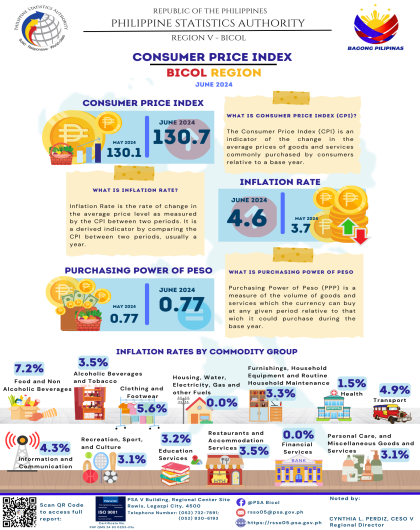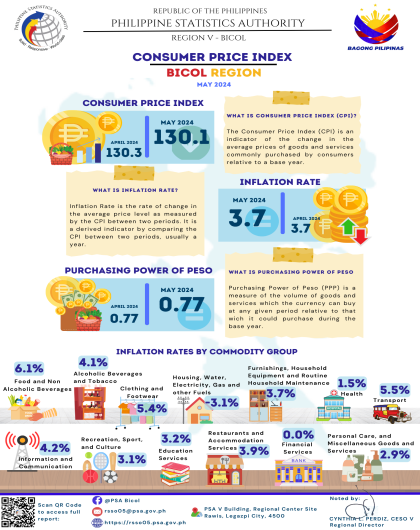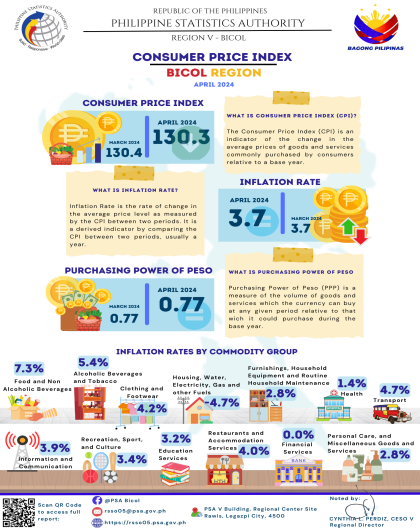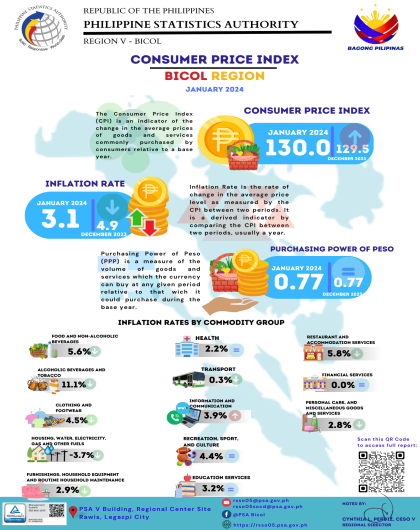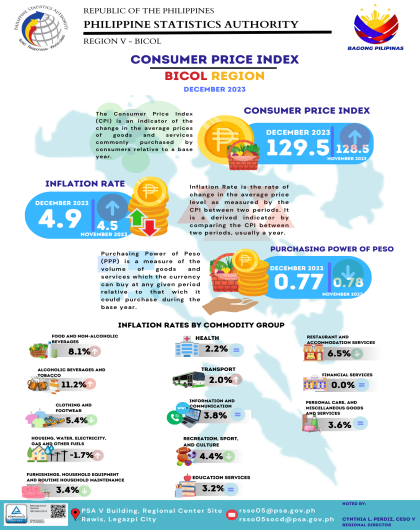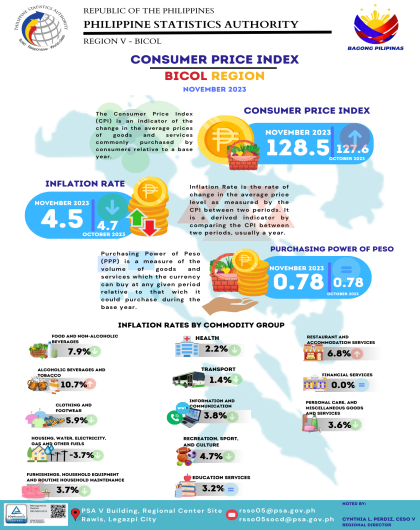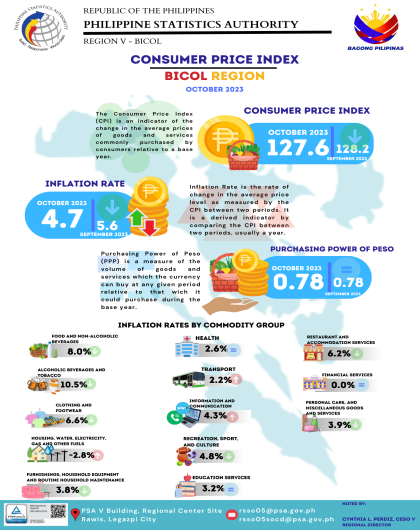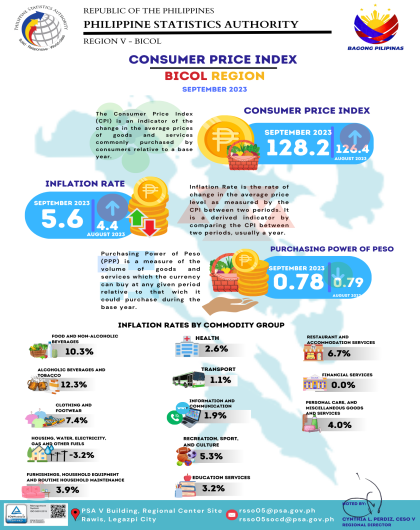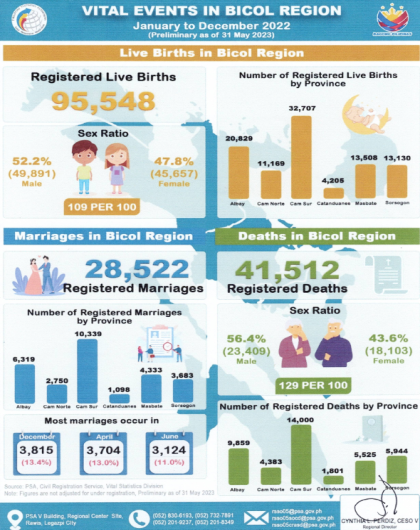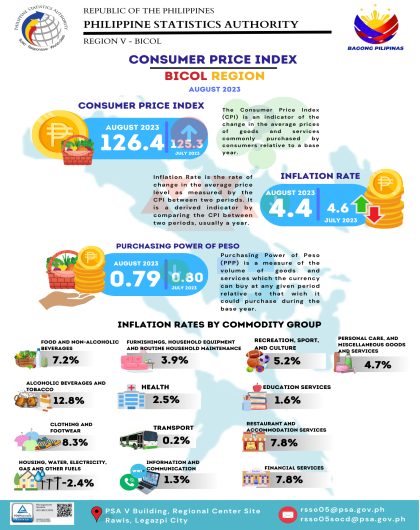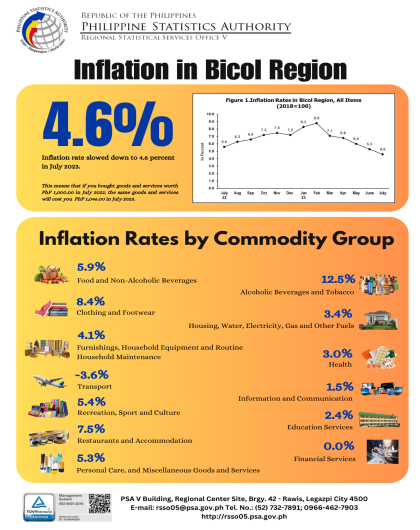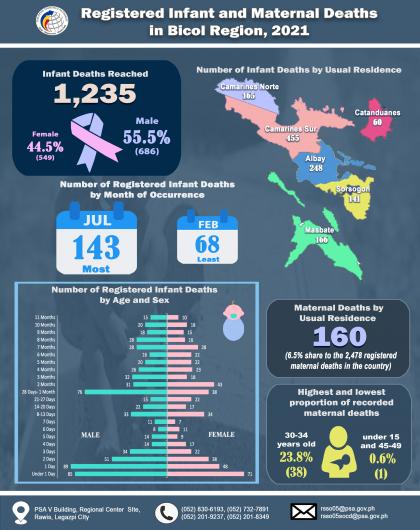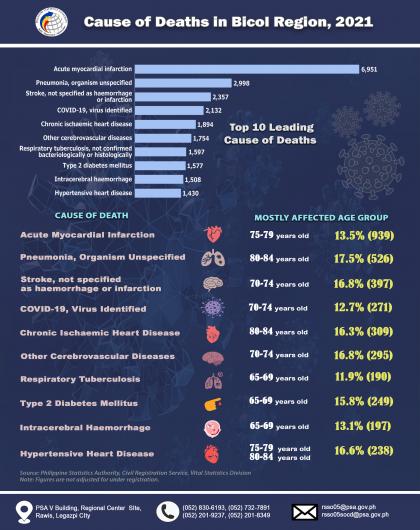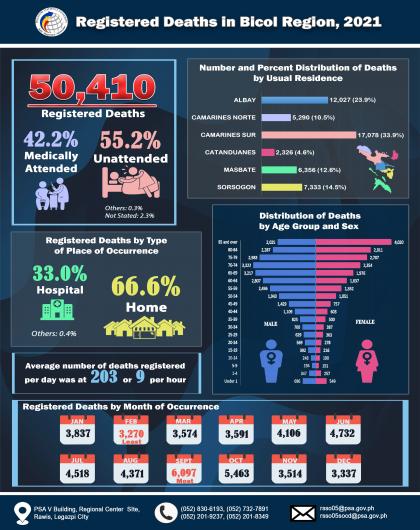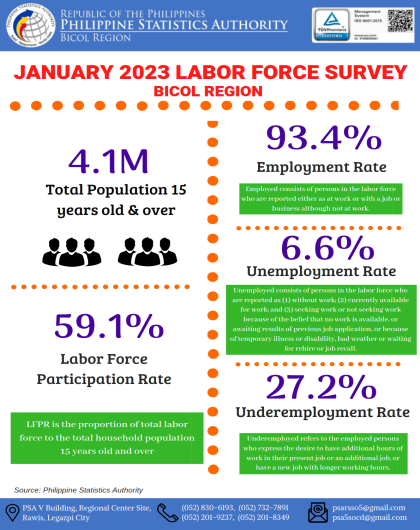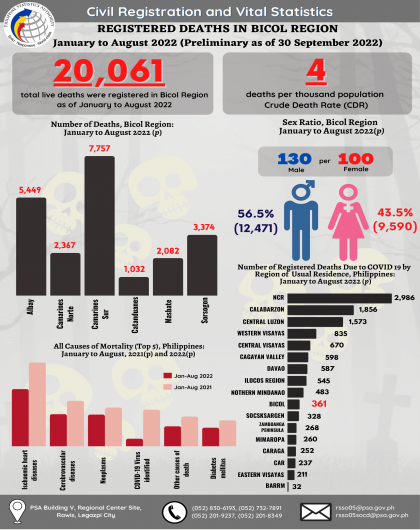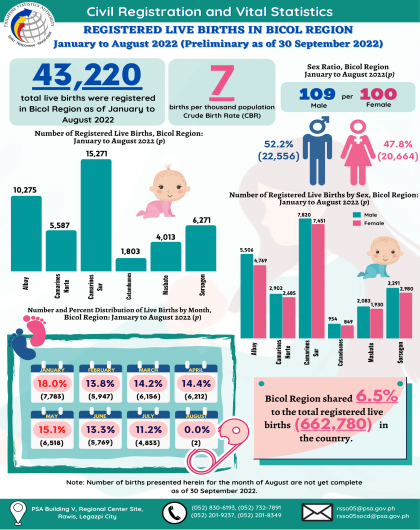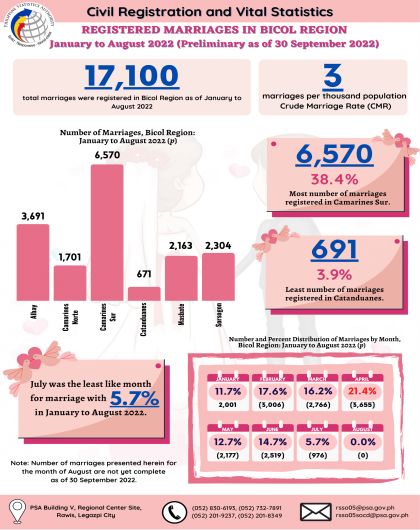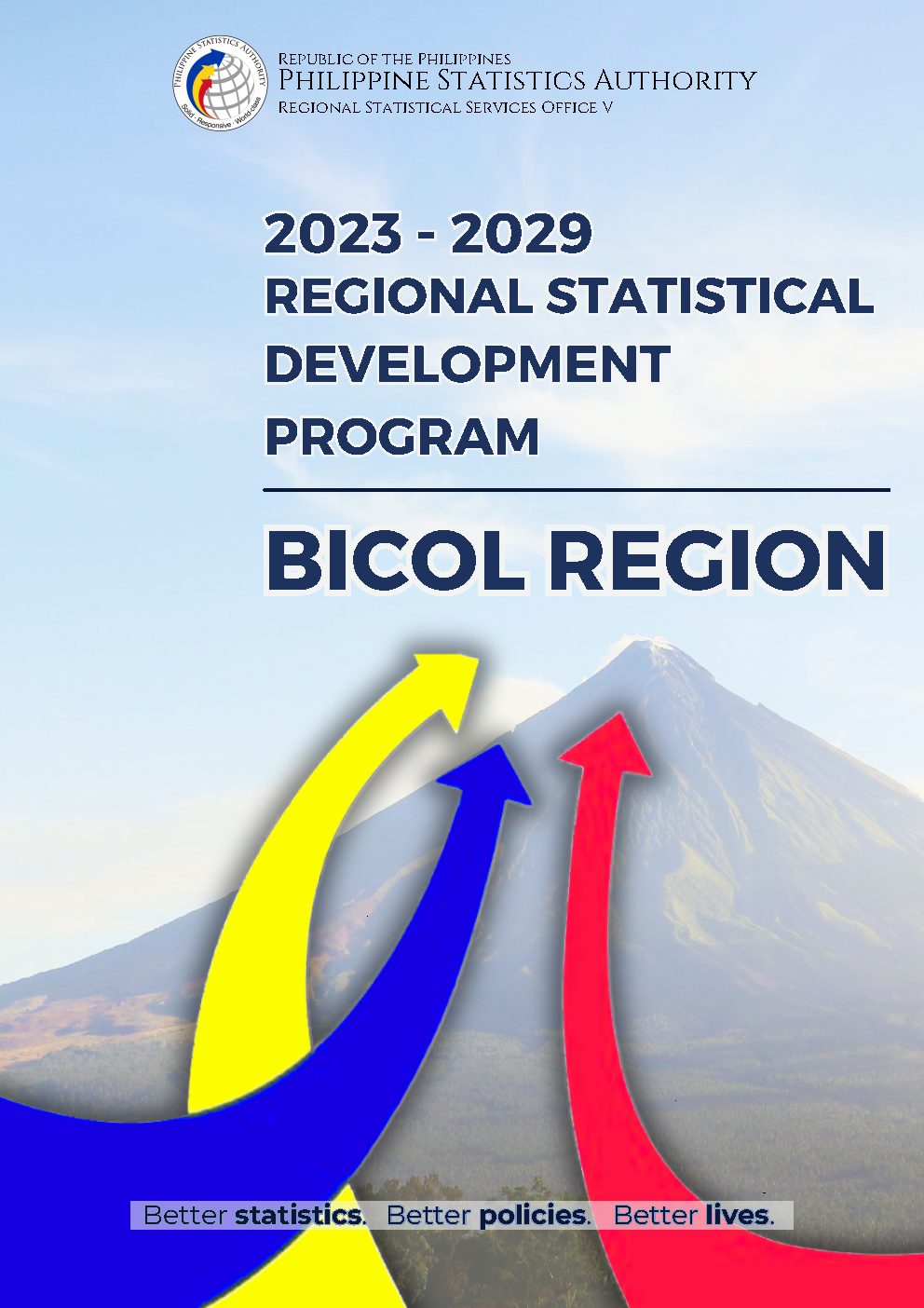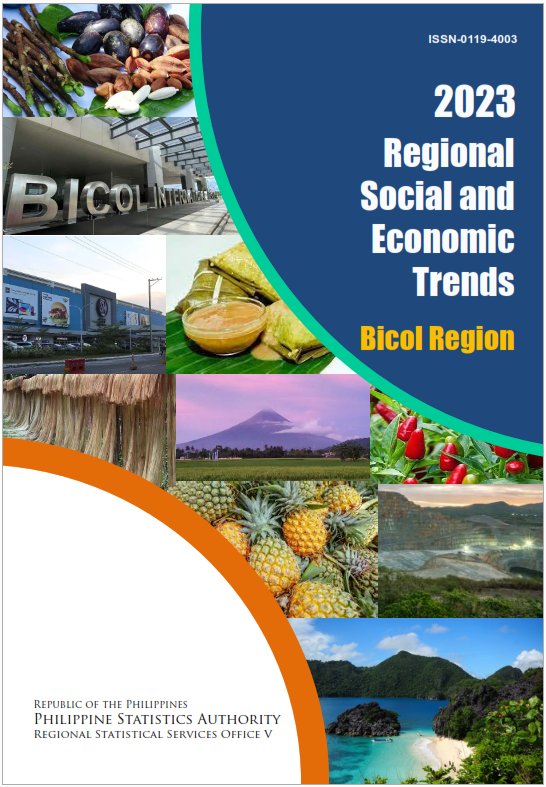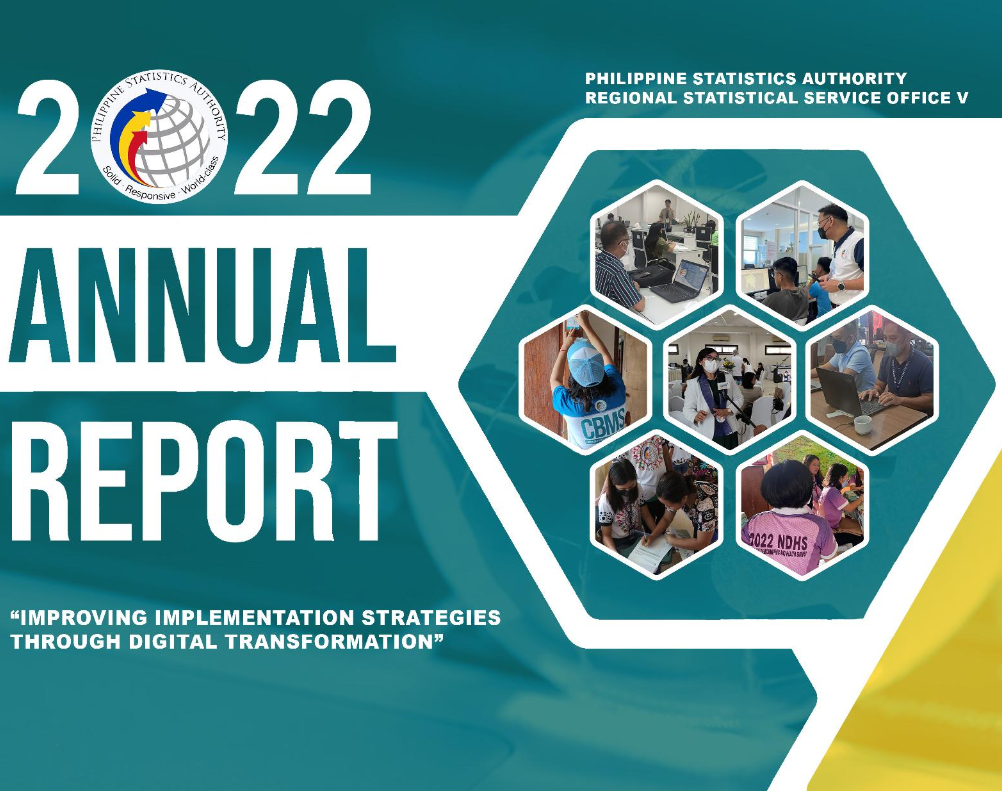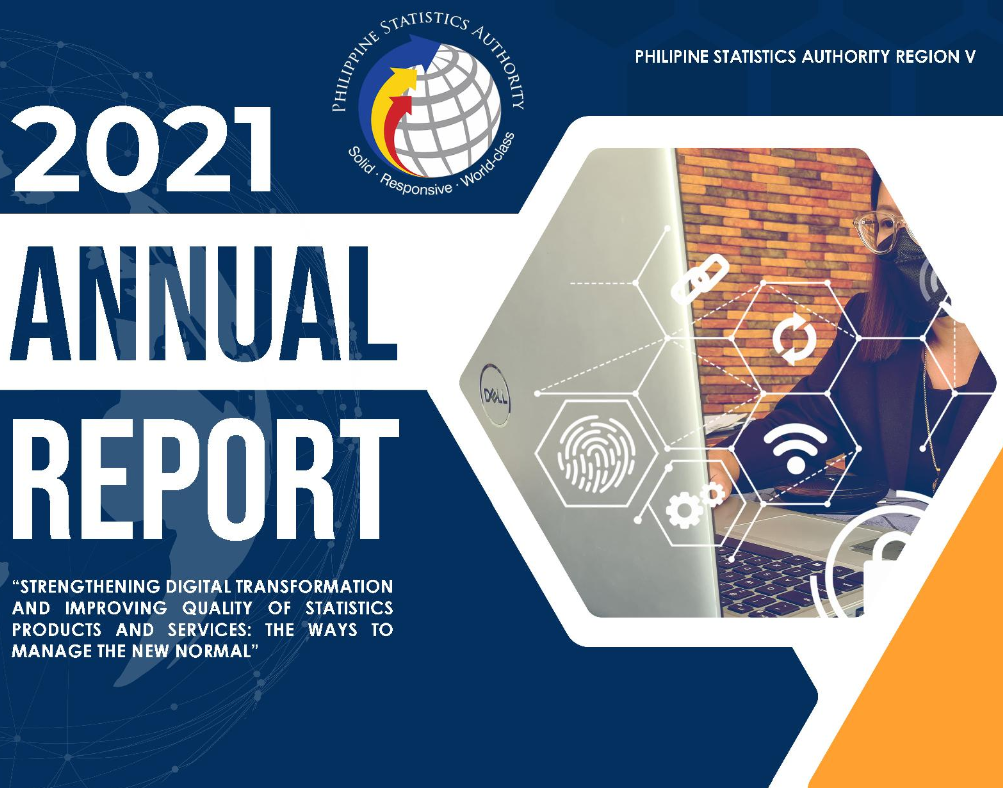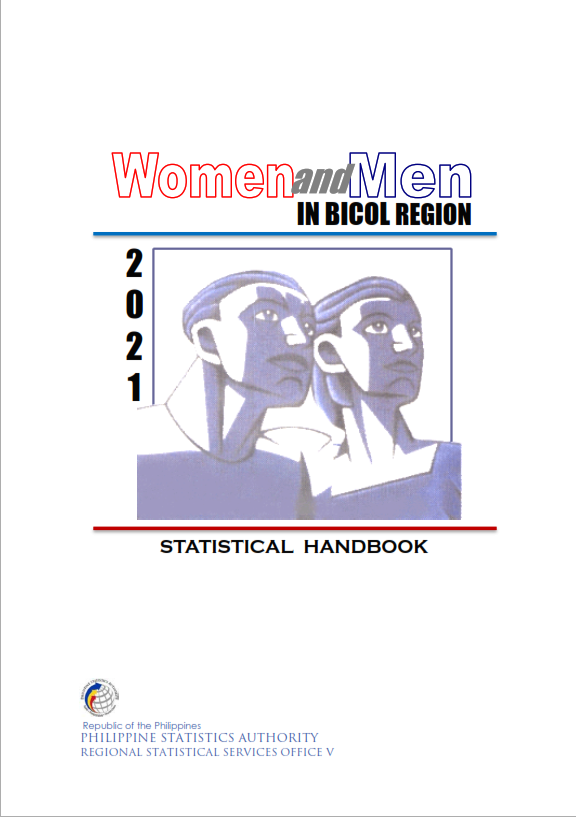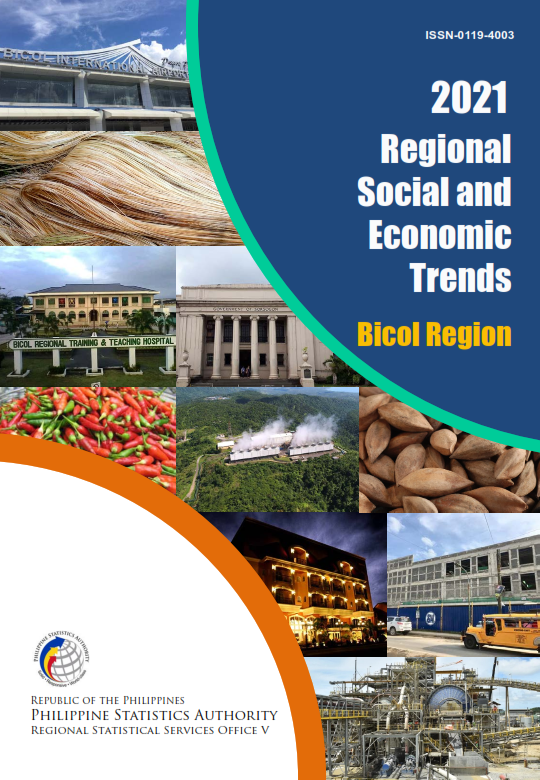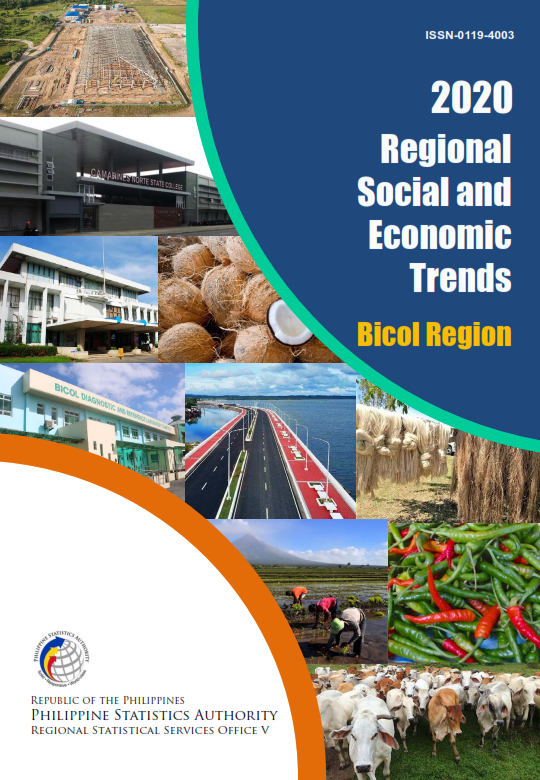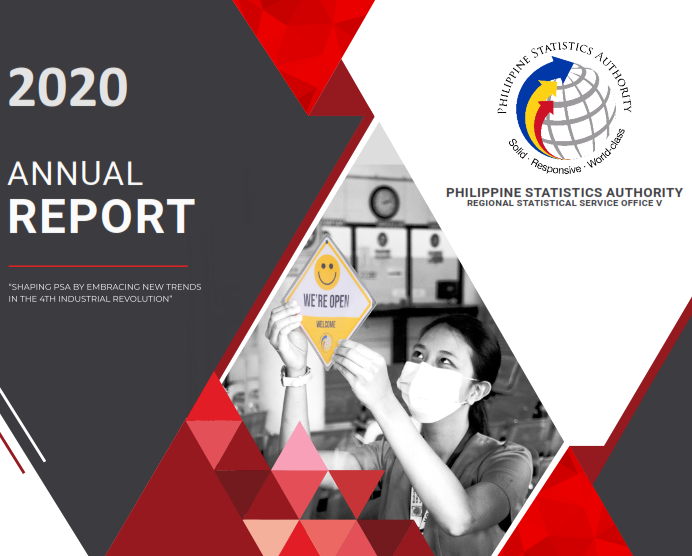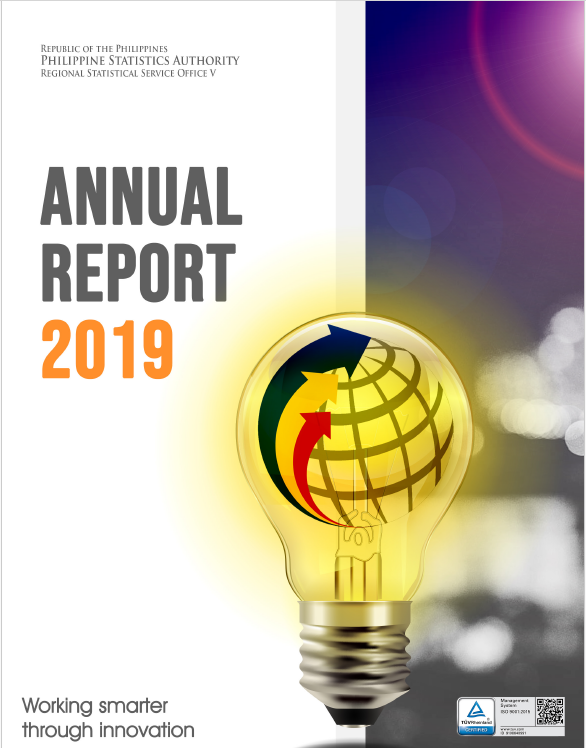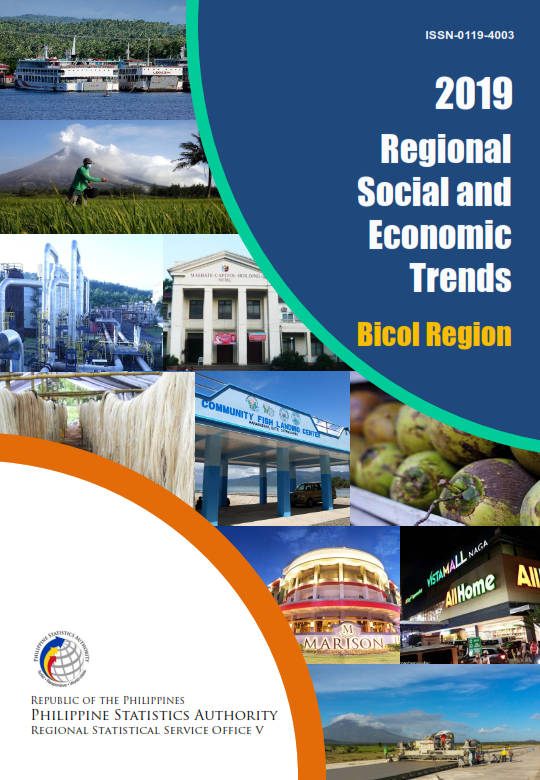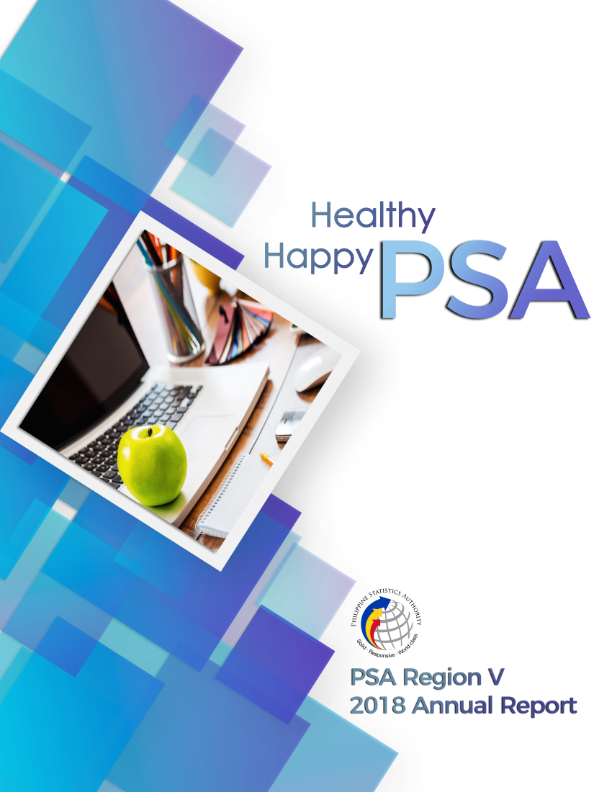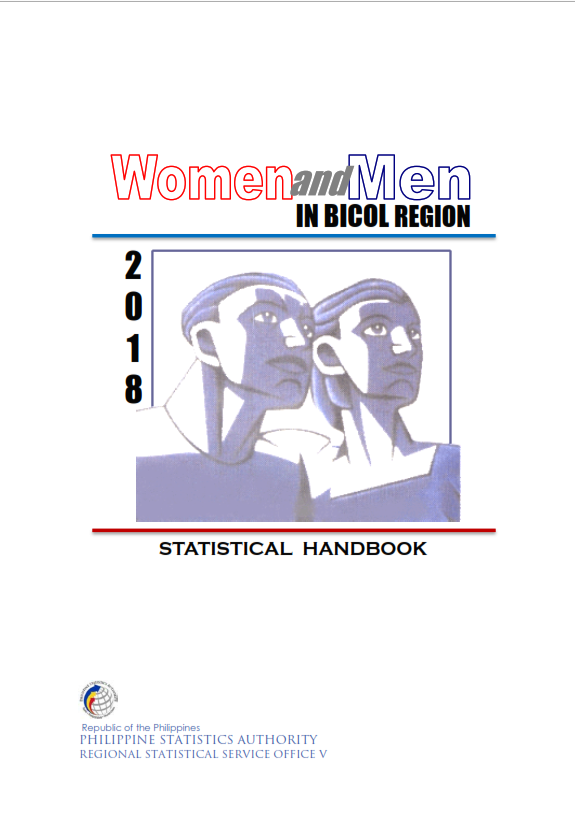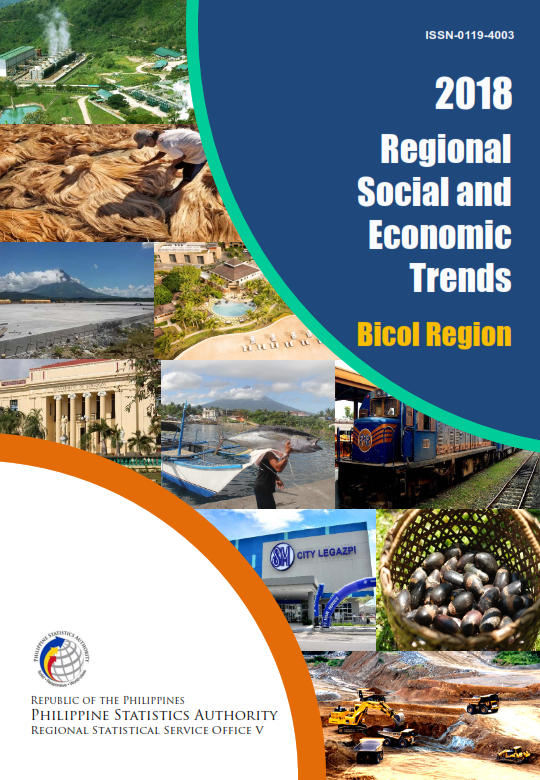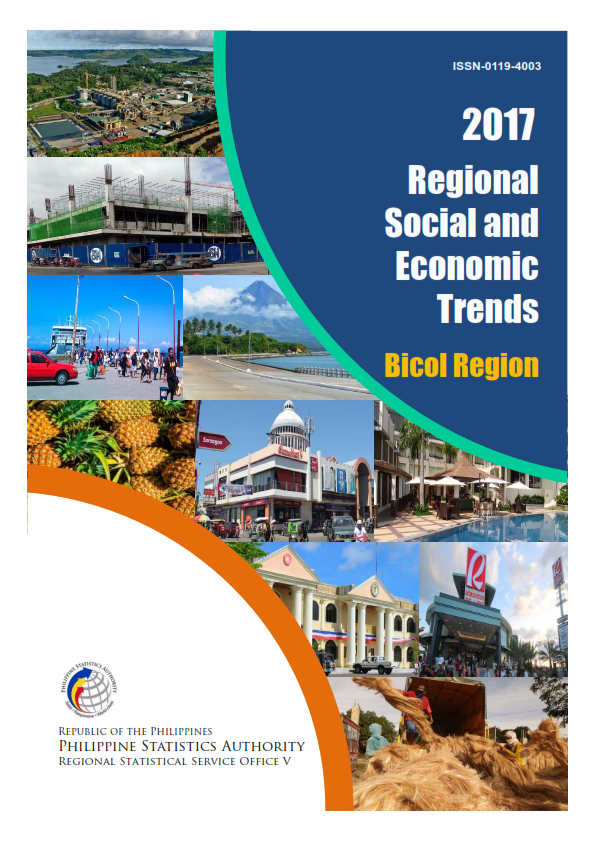The Philippine Statistics Authority releases the 2023 Poverty Statistics for 11 of the 14 basic sectors identified in Republic Act No. 8425 or the Social Reform and Poverty Alleviation Act. For 2023, new in the list of basic sectors with estimates of poverty incidence is the Indigenous Peoples.
In 2023, the sectors with the highest poverty incidences in Bicol Region were Indigenous Peoples (60.6%), children (37.9%), and fisherfolks (36.0%). This indicates that these sectors had the highest percentages of individuals belonging to families living below the official poverty threshold. On the other hand, self-employed and unpaid family workers, formal labor and migrant workers, and senior citizens posted the lowest poverty incidences among the basic sectors in 2023 at 20.3 percent, 18.3 percent, and 14.7 percent, respectively. (Figure 1)
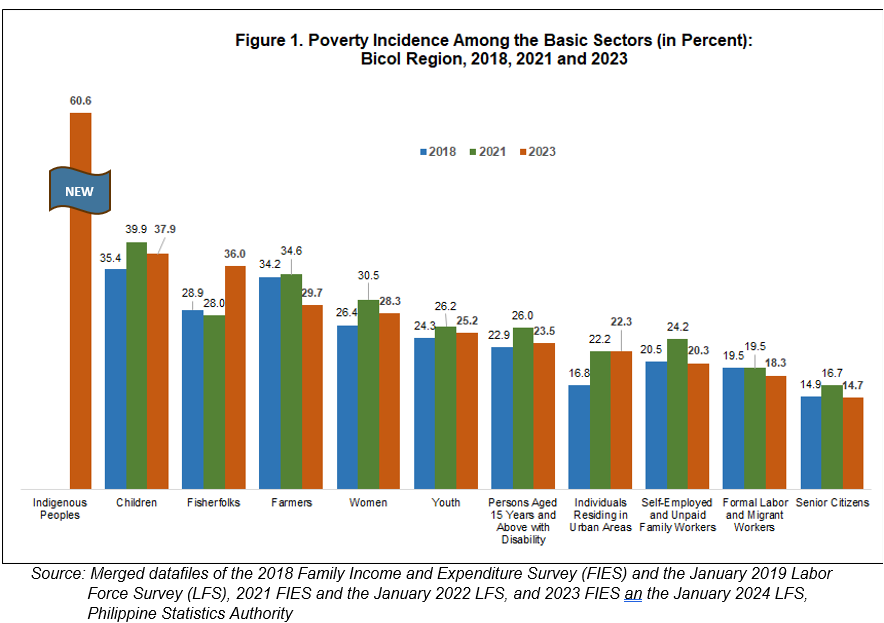
A comparison of poverty incidences among the basic sectors from 2021 to 2023 reveals a decline in eight out of eleven basic sectors. In the same period, poverty incidence at the regional level also declined by 1.8 percentage points.
The sectors with the highest number of individuals belonging to poor families were children at 950 thousand and women at 870 thousand. These sectors experienced the largest declines of individuals belonging to poor families from 2021 to 2023. The number of children decrease by 59 thousand, while the number of poor women exhibited reduction at 53 thousand. Meanwhile, the sectors with the lowest number of individuals belonging to poor families in 2023 were fisherfolks at 41 thousand individuals, persons aged 15 years and above with disability at 26 thousand individuals, and indigenous peoples at 14 thousand individuals.
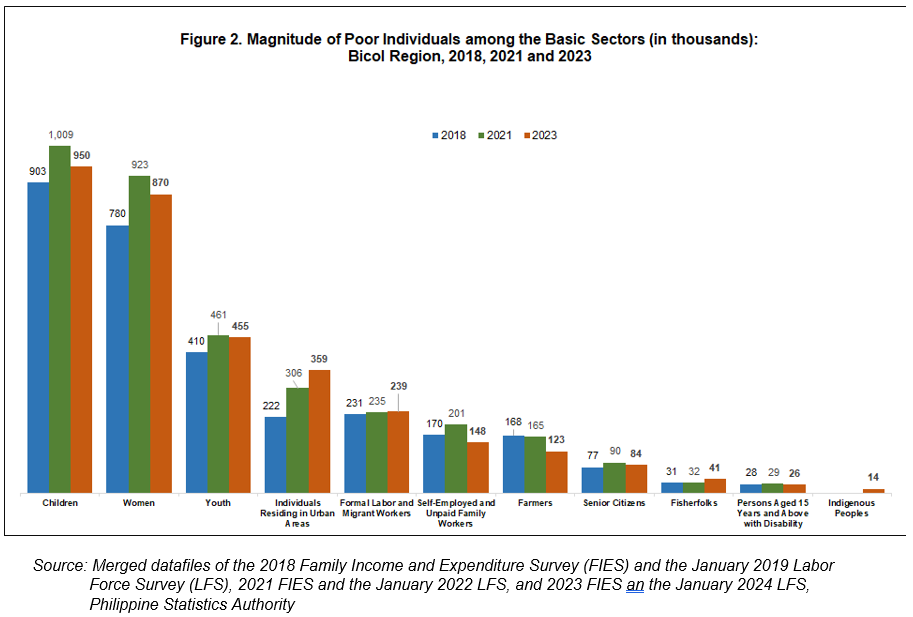
In addition to the 11 basic sectors, the PSA also generated poverty statistics for individuals residing in rural areas. The poverty incidence among individuals residing in rural areas was recorded at 30.3 percent in 2023, higher than the poverty incidence of those in urban areas at 22.3 percent. Moreover, the number of poor individuals in rural areas decreased by 139 thousand from 2021 to 2023. (Table 1)

TECHNICAL NOTES
Estimates disaggregated at the national and regional levels were generated based on the methodology approved per PSA Board Resolution No. 1, Series of 2017-132 (formerly known as NSCB resolution No. 11, Series of 2007), otherwise known as Approving the Methodology for the Generation of Poverty Statistics for the Basic Sectors.
Eleven (11) out of the 14 basic sectors as indicated in RA No. 8425 have sectoral and income data from the merged files of the Family Income and Expenditure Survey (FIES) and January round of the Labor Force Survey (LFS), which are the data sources for the computation of poverty statistics among the basic sectors. The 11 basic sectors covered by the poverty statistics are: 1) women, 2) youth, 3) children, 4) senior citizens, 5) individuals residing in urban areas, 6) formal labor and migrant workers, 7) farmers, 8) fisherfolks, 9) self-employed and unpaid family workers, which serve as a proxy indicator for workers in the informal sector, 10) persons with disability, and 11) Indigenous Peoples. Poverty estimates are also generated for individuals residing in rural areas.


